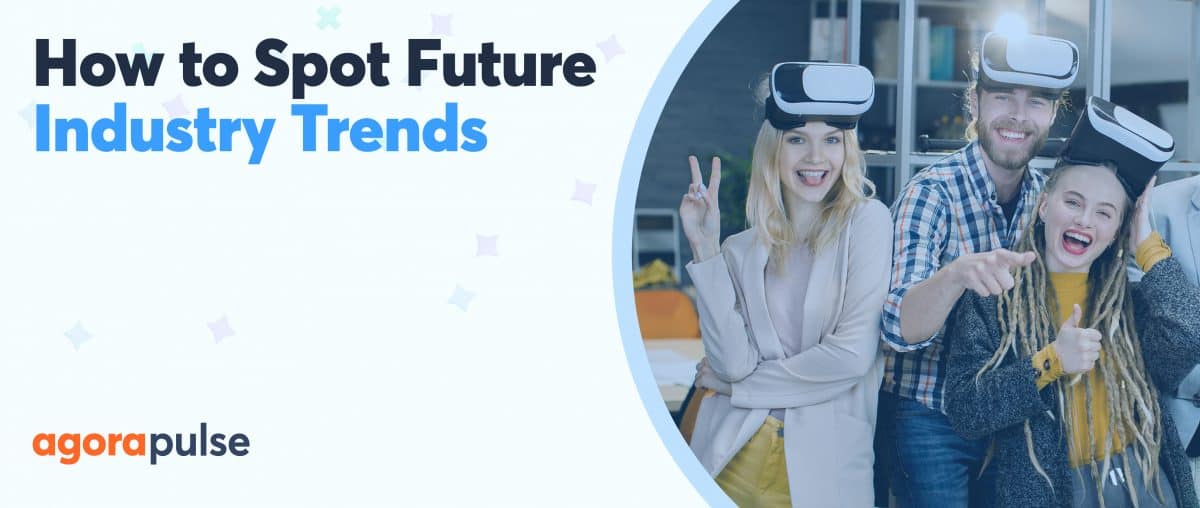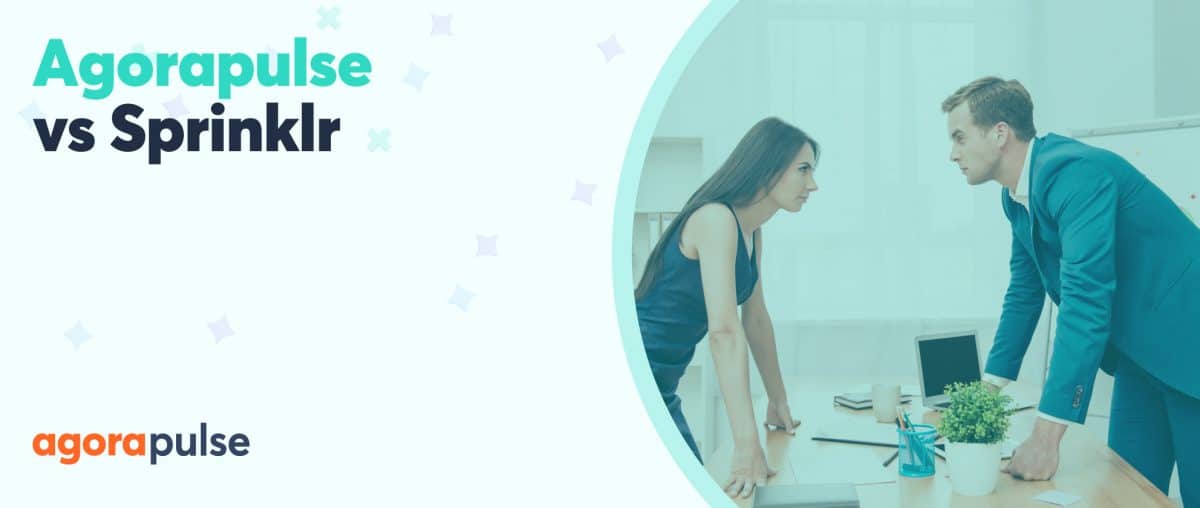Nowadays, it’s getting harder and harder to be “noticed” on Google. Your SEO efforts take ages to get you results. Even social organic traffic is not working so well anymore.
No wonder a lot of folks are turning to paid social media advertising to boost their traffic. Paid social ads are no longer seen as something unnecessary or stupid. Things have really changed. Now you have to pay to play or… forfeit the game.
Average Organic Reach On Facebook Pages
But… «How do you promote your website or content using paid social ads the right way?» – you might ask.
That’s what I am going to show you in this post.
Follow these principles, apply them to any of the social advertising platforms you choose and you’ll be well on your way to getting a flood of quality, targeted visitors and, hopefully, more leads, commissions, and sales.
Here’s what you’ll learn from this post:
- What you should protect at all costs;
- Where you should be at all times;
- What are the main social advertising options;
- What you need before your campaign starts;
- What you need to run a successful ad campaign;
- What you should do while your campaign is running;
- What you need to do after your campaign ends.
1. Your Online Home Is Your Castle. Protect It At All Costs.
Your website or blog is the most important piece of the puzzle in online marketing. It’s your online home and you should treat it as such.
Stop putting all of your chips on your social networks. They aren’t really yours, they are just borrowed. You need to invest in making a WordPress website and creating great content on it.
I’m not saying to stop your social activities. Keep them by all means. Try to get new followers as much as you can. But your main focus has to be your website. It is what you can control, improve and promote. Don’t forget to set up a newsletter to create your own community!
2. Be Where Your Customers Are
I told you your website comes first, but you also need to be everywhere.
It’s true that organic social traffic is decreasing as we speak, but it is always a good move to share your content on social networks.
The more places you have your content for your readers’ convenience the better.
That means being present on all major social networks, but especially on the ones you’re planning to advertise on and where your prospects and customers usually are.
Besides that, and more importantly, you need to own a Facebook page, a Twitter account, a LinkedIn company page, and a Pinterest business page in order for you to advertise on those social platforms.
Don’t forget: get your social presence ready for action.
3. Where To Advertise Socially
Almost all major social platforms have an advertising component.
You can launch your ad campaigns on:
Facebook: Using Facebook’s two advertising tools, Ads Manager or Facebook Power Editor (much more powerful). The targeting possibilities are almost limitless. Your ads need to be really catchy. Use short but click-enticing titles with strong action words like “unexpected”, “amazing”, “surprising, “unbelievable”. You should promote posts that have already had lots of engagement and your own blog posts or articles.
Twitter: Use the “Promoted Tweets” option. Pick an already successful tweet, reach the right audience (you can set your targeting by geography, device, interests, etc), and only pay when someone follows your account, retweets, clicks, favorites, or replies to your promoted tweet.
Pinterest: Here you have the “Promoted Pins” feature. Choose a successful pin you posted before, select your audience, see how well it is doing, and measure the final results on the stats page.
LinkedIn: This is geared toward a more business audience. You’re able to target by Job Function, Age, Gender, Geography, Seniority, and Industry. LinkedIn suggests that you include special offers, free demos or trials, and unique benefits because these kinds of ads are the best-performing ones here. Shout Agency recommends trying different content formats in your Linkedin ads to diversify your funnel.
TikTok: The most affordable and effective solution out there! Check out TikTok shop seller guide for more ideas!
Reddit: Your ad is really a “Sponsored Link” that will appear on Reddit’s front page or on chosen subreddits main pages. Make sure you follow what it takes to create a successful submission to Reddit, meaning a very compelling title because that’s all there is for your ad. If your ad gets comments, you should answer them to create a conversation and get curious users to see what is going on in there as well.
4. What You Need Beforehand
Before starting your ad campaign, you need something to promote.
As obvious as this may seem, not a few people tend to forget this important step.
Whether your goal is to promote your site, a specific piece of content on your blog, affiliate products, your own products, or your email list, you need to have something in place that will make your visitors stay (instead of leaving as fast as they came). Not to mention, your product management team needs efficient product management software to streamline these efforts effectively.
Your landing page does not represent the finish line to your campaign, It is just one more step to get there. Be sure to have something ready that is compelling and interesting.
If you’re promoting:
- Your website/blog presents your visitors with a clear introduction to what the site is about.
- A blog post has an appellative title and description to keep your visitors reading.
- An affiliate product / Your own product, be sure to have an awesome sales letter or sales video to convince your visitors.
- Your list, explain what people will benefit from if they subscribe to it, and bribe them with some awesome goodies 🙂 .
In short…
You got your audience’s attention when they clicked your ad, so make the best use of it.
5. What You Must Keep In Mind When Setting Up Your Campaign
#1. Target Audience
When setting up your campaign the most important aspect to take into account is your targeted audience. It must be the more precise it can be and it ought to be closely related to what you’re promoting.
Use your social network ad tools — like Facebook Power Editor, for example — to narrow down into the set of people you want to reach.
Please note, that it’s better to have a more focused group of individuals even if they are fewer in number than to target a massive audience loosely connected to your topic.
#2. Target Your Audience On The Right Channels
Recall what I said about being where your customers are concerning free social traffic. That also applies to paid social traffic.
There’s no point in advertising on a social platform that your prospects don’t like or do not frequent.
Your campaigns should be set on the social hangouts your targeted audiences are.
#3. Your Ad
The importance of your ad(s) goes hand in hand with how well you target your audience.
It needs to be consistent with the page you are sending traffic to. People don’t like to be fooled. Be honest, be true.
Explain to them what they will find if they click your ad in a convincing manner, but don’t tell them everything. (Remember: they know they’ll have to leave the social network if they click the ad, so it is better for a very good reason.)
Tell people a story: social users aren’t that much attracted to stuff that looks too promotional.
#4. Use Compelling Graphics, Headlines And Description
You are trying to get people’s attention with your ad. They need something that will distract them from whatever they are doing on their favorite social networks.
It has to be something that turns their eyes and makes them read and take action. Use compelling graphics — with the right dimensions and with lots of quality –, a great headline and a good description.
These are the top priority factors for a successful ad (one that drives): attention, interest, desire, and action.
#5. Bet On Posts That Performed Well
If you’re advertising on Facebook, Twitter, or Pinterest, betting on posts that already proved to be successful is a very smart strategy.
If you got tons of social organic traffic with them, there’s a pretty good chance they will work as well with paid social ads. If they’ve gone viral then promoting them will prove to be a huge success as well.
If you decide to do so, I would advise against using the “Boost Post” feature on Facebook. Always use Facebook Power Editor or, at a bare minimum, Facebook Ads Manager to do your campaigns. Even if it is only a post you want to promote.
The amount of options is nowhere compared to what the “Boost Post” feature has to offer.
#6. Ad Spent
Always be careful when deciding how much you want to spend on your campaigns.
You don’t want to go overboard on this, but you also need to have enough budget available to compete against other players. (See how much it costs to advertise on Facebook here.)
Essentially, you should calculate how much each click (visitor) is worth to you or your business.
If with 1,000 visitors you earn $10, your ad cost should allow you to have a good profit margin. Or else… it’s no use to be spending time and money on advertising. Unless you’re just trying and experimenting with how all of this really works.
#7. Scheduling
Setting the right schedule is important too. You should take advantage of your preferred ad tool’s scheduling features to set start and end dates and to define at what times will your ad(s) be running.
If the largest part of the audience usually is online at a set time of the day, that’s when your ad should be running.
#8. Ensure You Gain Free Traffic For Later
You should (ought to, really) take every opportunity you have to get your visitors back for free. That means collecting their email addresses (or getting them to follow you on social networks) even if they don’t actually purchase anything from you.
That way you’ll be able to do your promotions through your email list for free. Moreover, it’s crucial to implement email verification steps to ensure your email list remains up-to-date and accurate.
6. Pay Close Attention While Your Campaign Is Running
This is one of my favorite parts of the campaign process: controlling how it is doing while it’s running. 🙂
It allows you to check and see if everything is going fine so you won’t have any bad surprises (going over budget, getting no conversions, etc).
You’re also able to fine-tune it.
You can bet more on what is working (for example, setting your ad to only show up to people located in regions where you already got conversions from) or you can stop what is not working (e.g., remove all mobile placements if that is getting no results for your campaign).
Essentially, being there while your campaign is rolling gives you the opportunity to tweak around to make it better so you can get the best possible outcome from it.
7. Measuring Your Campaign Stats After It’s Finished
After your campaign is over you still have a lot of work to do.
Check your campaign reports to see what happened in more detail.
Try to figure out what went wrong and what worked well.
What you learn here will prevent you from making the same mistakes and will give you a deeper understanding of what to better target in future campaigns.
Conclusion
When it comes to Social Advertising you have to understand how each of the social networks and its users work and behave. Being part of it is important to understand what people like and don’t like what makes something successful and viral and what does not.
Your social presence is mandatory and you also need to focus in getting new followers and sharing your content socially so you can be where your customers or prospects are.
Your website or whatever you need to promote should be seen as your top priority. This is what you should be doing more carefully and spending more time developing and nurturing. Create great content on your website and build your campaigns around it.
Creating successful ad campaigns it’s all a matter of making wise decisions, selecting a very well-targeted audience, offering great content or products to the ones who are going to want them, tweaking around so you can optimize them even better, and measuring its results when it’s over so you can learn what worked and what did not.
As free organic search and social traffic are getting harder to get, I think it’s a great choice to bet on paid social ads while you wait for your SEO efforts to work.




